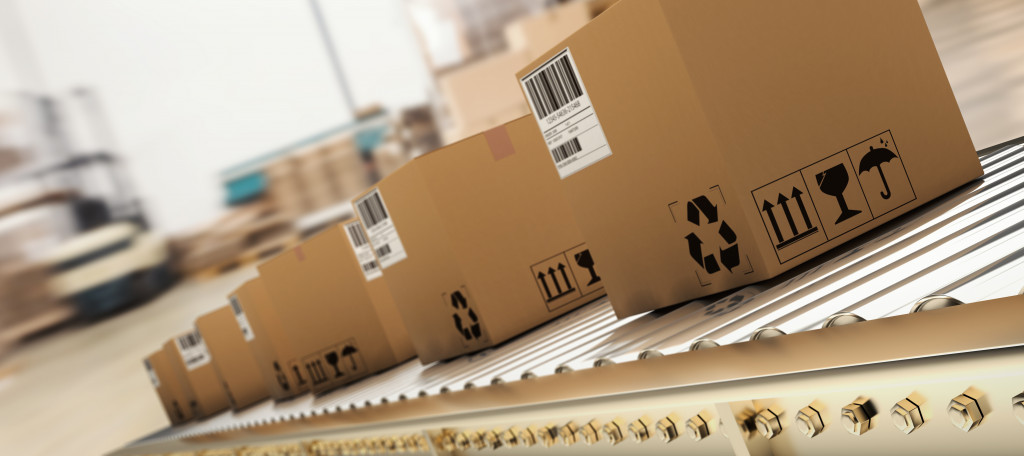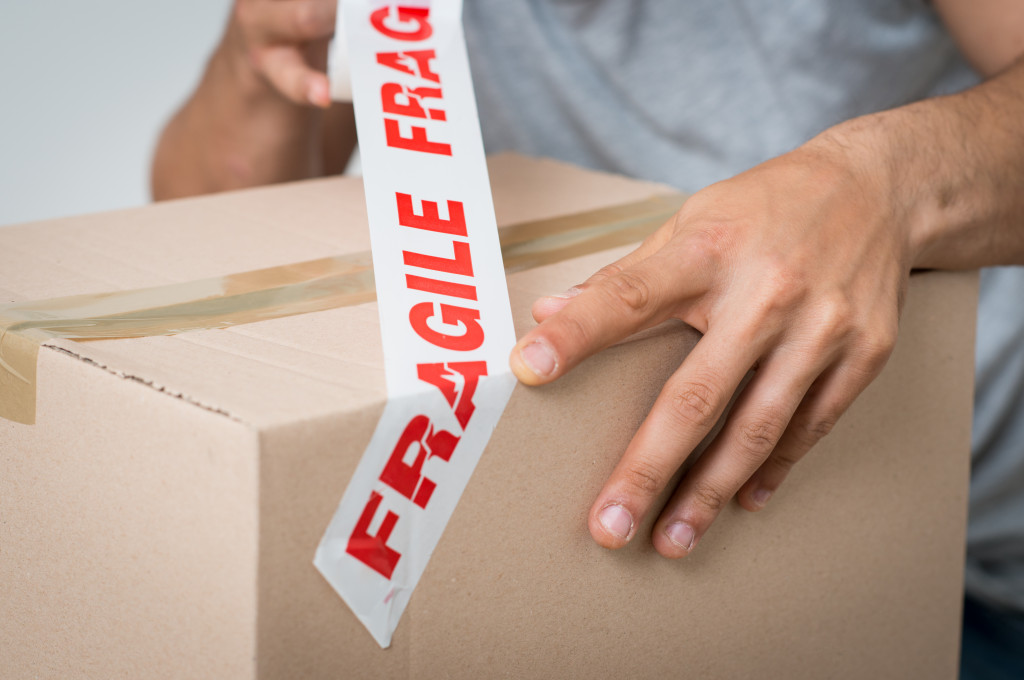With the current state of the world today, it’s no longer enough to just sit back and watch as global leaders try to find solutions to fight against climate change. If you’re truly determined to do your part in saving the environment, then you have to start acting now. And you can begin by implementing changes in your manufacturing process.
The bigger your business, the larger your impact on the environment is. This means that you have a bigger responsibility on your hands when it comes to becoming self-aware, especially if you know that your operational processes have yet to be streamlined for efficiency. But at least there’s still room for improvement on your part.
Once you know how you can improve, the next thing will be to implement the changes and hope that your efforts will reach fruition. You can start by looking into eco-friendly packaging solutions that you can use instead of your existing methods, particularly because they can help you promote sustainability.
This is because you can’t skimp out on your product packaging. If you cut down on materials, it might compromise the quality of your products before they even reach the consumers or the shelves in the market. So as an alternative solution, here are three eco-friendly types of packaging that you can use instead:
Recycled Cardboard Boxes
Since cardboard boxes are essential to packaging, you can’t forego using them for your products. However, you can opt to use recycled cardboard boxes instead so you can still minimize your carbon footprint and extend the lives of used materials. The perfect example of this is paperboard boxes.
Paperboard is a commonly recycled packaging material made out of used paper pulp, which comes from old scratch papers, books, and documents that have been donated to recycling facilities. The boxes made with paperboard are lightweight and easy to assemble, making them great alternatives to the usual shipping boxes.
Aside from paperboard boxes, you can also find suppliers that make biodegradable corrugated boxes, which you can then use as your main packaging. Since most cardboard boxes are already biodegradable, it won’t hurt the environment too badly even if it’s not segregated because it can deteriorate over time in the landfills. But of course, it will be better if the boxes can be reused and recycled before that happens.

Compostable Foil Stamps
Printing on the packaging is costly and can also be considered a waste because it uses ink made from chemical ingredients. Plus, the production of the ink itself can be harmful to the environment because it can release toxic fumes into the atmosphere and contribute to the growing air pollution problem.
A better alternative to this is using a hot foil stamping machine, which is one of the oldest methods of printing. Instead of ink cartridges, these machines use dry stamping foil and high temperatures to directly transfer designs onto your packaging. Plus, most foils used with these machines are biodegradable, compostable, and repulpable.
Another benefit that you can enjoy if you were to use the hot stamping process is that it can create an embossed, metallic finish to your packaging, which can elevate your overall design. Unlike other printing methods that lead to a flat design, stamping foil can engage your customers’ senses because of its unique finish.
Plant-based Plastics
Most modern consumers are using their purchasing powers to actively look out for businesses that promote sustainable practices. And because of this, plenty of people started researching more eco-friendly alternatives to the usual packaging materials that they’ve grown used to seeing in the markets.
This paved the way for the creation of plantable packaging, which is made with materials that you can directly plant into the soil. Plantable packaging materials are embedded with seeds, so they can be planted after being used and will eventually break down over time.
You can also look into plant-based packaging solutions, which are often made with biological sources such as cornstarch, fungi, or even food waste. Since these are compostable plant-based materials, they will no longer contribute to the waste problem in landfills. This way, you can steer clear of single-use plastics that take longer to break down and are more expensive to produce.
By promoting sustainable practices in your business, you will not only be doing your part in saving the environment, but you will also be catering to more environmentally conscious consumers. Sustainable practices wouldn’t dampen your business’s profitability; if anything, it would encourage more consumers to support your brand because you’re taking an active role in fighting against climate change.

